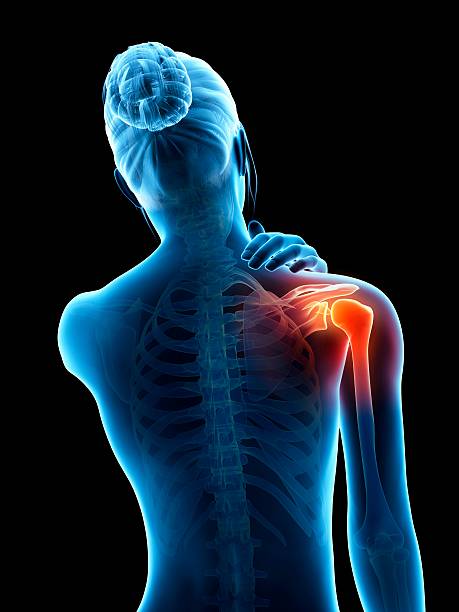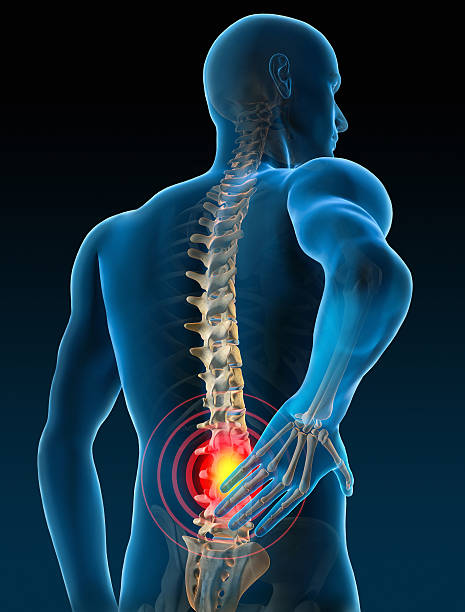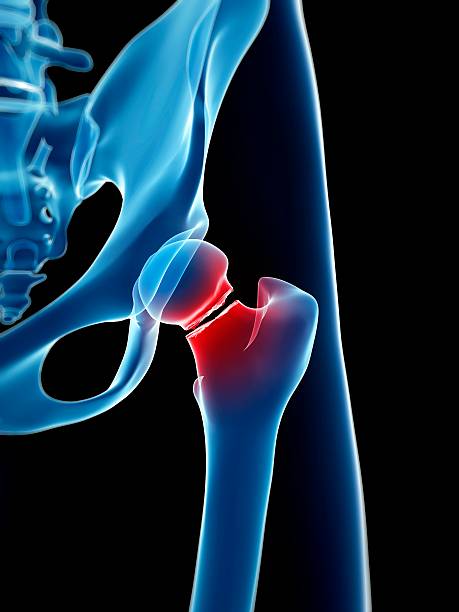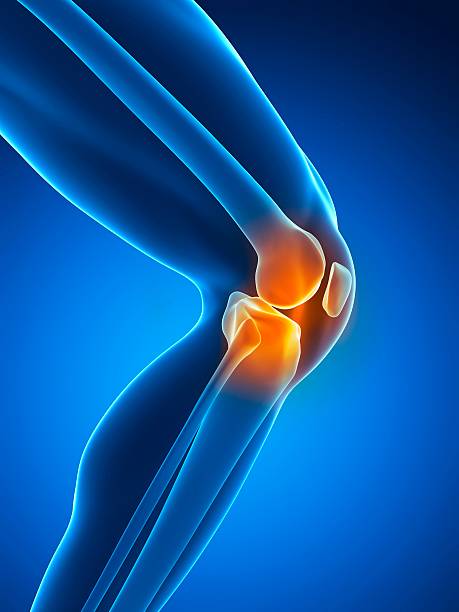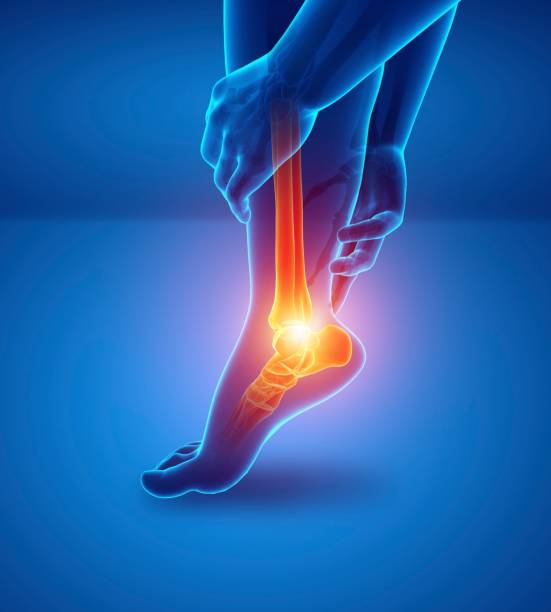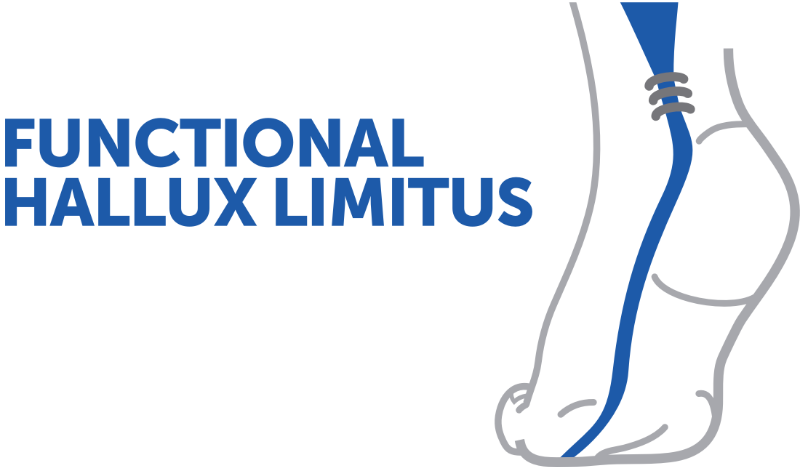Knee replacement: options, techniques and rehabilitation
This presentation explores in depth the types of knee replacements, their indications, surgical techniques, and recent advances. It highlights the advantages of partial knee replacements, patient selection criteria, and the importance of personalized rehabilitation to optimize recovery.
Doctors
Topics
Treatments
Advice
- Dr Jacques Vallotton
- Introduction to knee prostheses
- Anatomy of the knee
- Partial vs. total dentures
- Selection criteria
- Complications
- Total knee replacement
- Unicompartmental prosthesis
- Osteotomy
- Post-operative rehabilitation
- Unicompartmental prosthesis reserved for carefully selected cases
- Early rehabilitation essential
- Monitoring of thromboembolic complications
Information
Video type:
Anatomy:
Thematic:
Knee replacement: reliable surgery, high expectations
Knee replacement is a widely performed procedure, supported by generally reliable results on pain and function. Osteoarthritis is the primary indication, when stiffness, pain, and walking impairment become significant despite conservative treatments. Today, patients wait to resume an active life—sometimes sporting—with a “forgotten” knee.
This legitimate requirement requires clear information and a choice of implant/technique adapted to each case, in order to optimize kinematics and recovery.
Partial or total prosthesis: choose carefully
When osteoarthritis is limited to one compartment and the cruciate ligaments are functional, unicompartmental prosthesis is a less invasive alternative, with often faster recovery and a more "natural" sensation. Conversely, diffuse damage, major deformities or ligament deficits point towards a total prosthesis, which is now standardized and very reproducible.
The choice takes into account age, activity level, axis, patellofemoral status and functional objectives. In some contexts, an osteotomy may delay prosthesis in younger subjects.
The unicompartmental prosthesis gives a more natural knee feeling.
Modern installation techniques and tools
Progress is less about materials than about positioning accuracy: 3D planning, patient-specific guides, and navigation improve axis restitution and surface congruity. The goal is to bring the implant closer to the patient's functional anatomy while respecting ligament balance, the conditions for smooth kinematics.
These technologies do not replace surgical expertise: they complement it by securing key stages without replacing intraoperative analysis of ligament tension.
Safety: Known Complications and Prevention
Complications to watch for include infection, venous thrombosis, and, more rarely, venous stiffness. Prevention combines anticoagulant prophylaxis, early mobilization, mechanical compression, and strict aseptic protocols. Targeted screening for phlebitis and optimization of risk factors (weight, diabetes, skin) reduce adverse events.
In the case of cementless prosthesis, osseointegration is generally reliable; clinical and radiological monitoring remains standard, with reassessment if pain or instability appears.
Patient information is essential because they must be involved in their treatment.
Rehabilitation: start early, progress just right
Early mobilization and weight-bearing promote recovery. The program focuses on active knee control, range of motion (flexion/extension), strength, and balanced walking (transitional canes are helpful). Exercises are adjusted to each individual's pace to avoid sudden movements and prioritize measurable daily progress.
Multidisciplinary supervision – surgeon, anesthesiologist, physiotherapist, healthcare team – supports autonomy and ensures safety during the stages, from hospital to returning home.
Deciding calmly: summary for the patient
The "right" implant is one that meets the distribution of lesions, the axis, and life goals. A carefully selected partial prosthesis can provide a more natural feel; a well-fitted total prosthesis provides a reliable solution when the damage is global. The key is to inform, anticipate rehabilitation, and engage in active follow-up.
The decision is made with the healthcare team, based on objective elements and a realistic functional project.
Pathologies treated at the center
Hallux Limitus
Functional
Your pain has a cause.The balance sheet allows us to understand it.
- Gait analysis
- Posture Assessment
- Guidance on the right treatment
- Study of plantar supports and supports
- Detection of compensations
- Pain–movement correlation
The functional assessment allows us to understand how a joint or postural imbalance can trigger or perpetuate pain. Very often, imaging is normal, but movement is disturbed. By analyzing gait, weight-bearing patterns, or posture, we identify the weak links in the chain and guide targeted treatment adapted to the patient's actual mechanics.


